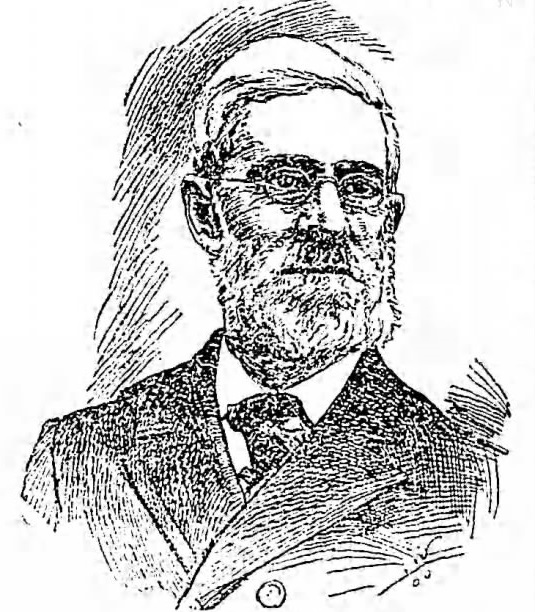Greetings from the South- January 2022
A happy and healthy New Year to my Brothers of Jephtha Lodge! As we head into 2022, my thoughts are darkened with concern as we see COVID cases climb, and we will again be forced into limiting groups and wearing face coverings. Who knows what 2022 will hold for us? I am reminded of the foundations of this great institution
- Faith, Hope and Charity.
Faith, that whatever is instore for us in 2022 we have faith the Great Architect of the Universe has a plan. We may not fully understand it, but it is there, and we have our Brothers for the support we need to carry whatever load might be needed.
Hope, that the year will be a better, brighter year for us all. One filled with putting this dreaded plague behind us. That we might safely return to all our usual activities without fear.
Charity, remembering in 2022 we should make the world a little better than the one we found at the close of 2021. That we be that light that casts out the darkness of the world. That we touch someone’s life, remind our community why Masonry exists, and give reason as to why we do the things we do.
My Brothers, on top of the usual greetings of Happiness and Good Health in the New Year, I also bring you greetings of Faith, Hope and Charity to herald in the new year!
January will be a busy month in the South. The Stewards and I will be busy preparing our collation for January 10th. In addition, we have the District Deputy Grand Master’s visit on the 24th and we will be making sure we put Jephtha’s best food forward that evening. We are always looking for new Brothers to lend a hand, so if part of your New Year’s resolution is helping more around the lodge, or even learning about cooking… We can be of assistance!
Sincerely and Fraternally,
Br. William P Fenty III
Junior Warden
The post Greetings from the South- January 2022 appeared first on Jephtha.com.






